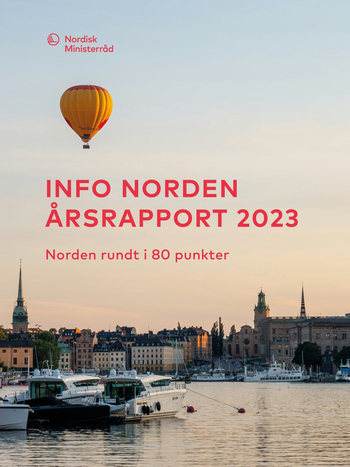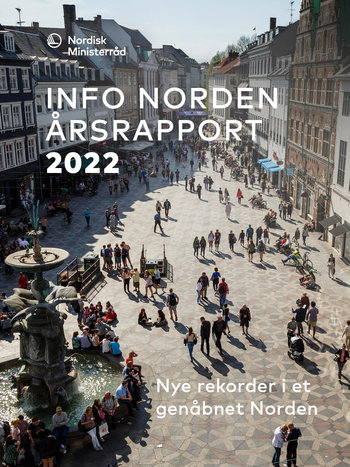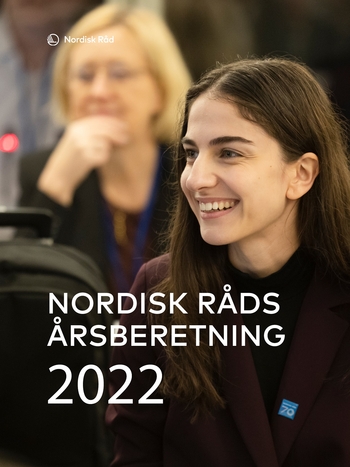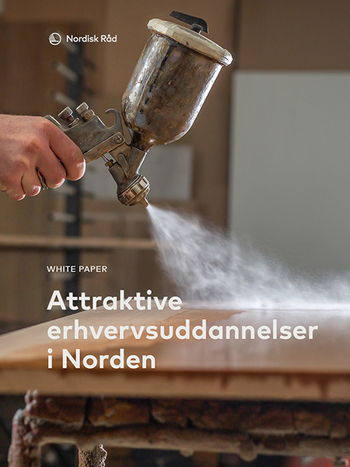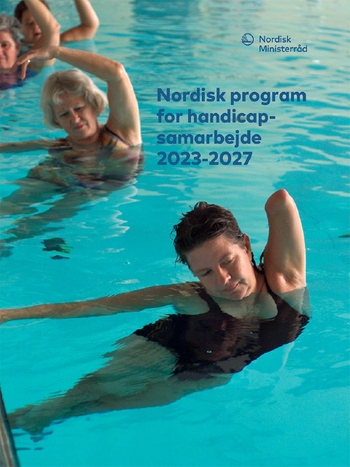Ten Years of Nordic Research Funding 2009-2018
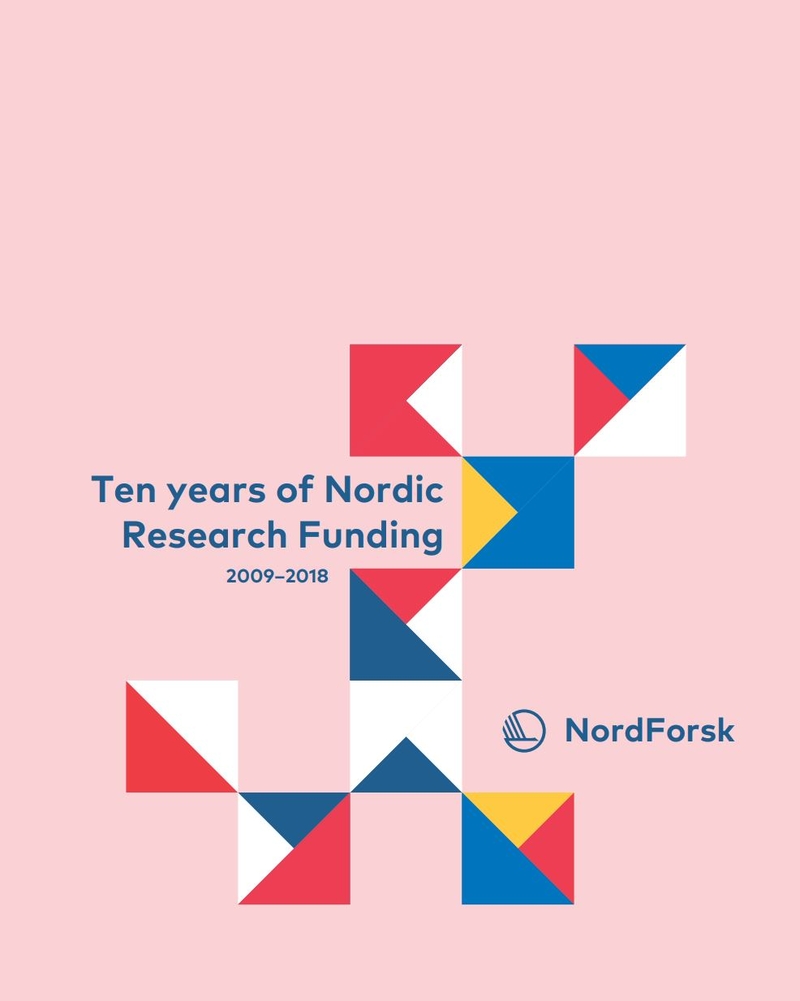
Information
Publish date
Abstract
NordForsk was established by the Nordic Council of Ministers in 2005 and has funded more than 323 research projects and other activities over the years. NordForsk collaborates closely with the national research funding organisations in the Nordic countries. Since 2017, NordForsk has reached the goal of two-thirds of the budget coming from national research funders, and the remaining one-third coming from Nordic Council of Ministers. The remaining one-third of the budget has come from the basic funding from the Nordic Council of Ministers.The portfolio analysis Ten years of Nordic Research Funding 2009–2018 explores the development and distributions of funding to Nordic research cooperation within NordForsk during the years 2009–2018. NordForsk has in this period granted NOK 2 124 million to Nordic research cooperation through 49 calls. Out of the 1 358 unique applicants set as project leader, 323 have been granted funding.At least 2 640 researchers are involved as project leaders or participating researchers in funded Project Grants, Nordic Centres of Excellence and Nordic University Hubs. The proportions of female and male involved researchers have become more balanced in recent years, with precisely 50 per cent female and male researchers in grants awarded in 2018.Male project leaders have been granted 66 per cent of the total funding 2009–2018. Among the total submitted applications, 39 percent have a female project leader and 61 per cent a male project leader. The total approval rate is 14 per cent for both female and male project leaders. The results indicate that more male project leaders than female apply for calls with the highest grant allocations.Project leaders from Norway have had the highest approval rate (19 per cent) for calls for Project Grants, Nordic Centres of Excellence and Nordic University Hubs. Swedish project leaders have received the largest percentage of funding (30 per cent), followed by Norwegian (26 per cent) and Danish (23 per cent). This does not take into account that the nature of NordForsk funding means that it is distributed to involved researchers in several Nordic countries. We see that among involved researchers, the largest group is from the same country as the Project leader. Further, female project leaders tend to lead a more balanced group of female and male researchers than male project leaders.All 17 UN Sustainable Development Goals are, to some extent, addressed in the research funded since 2013. Thematic calls that encourage or require interdiscipli¬narity are common in the NordForsk portfolio, and most project leaders (68 per cent) also consider their research to be more interdisciplinary than disciplinary. Since 2013, NordForsk has funded research within all research areas. The largest percentage of funding has gone to research within Medical and Health Sciences, most common in Project Grants. Natural and Social Sciences have been funded to a similar degree, especially within Nordic Centres of Excellence and Nordic University Hubs. Within Nordic University Hubs most of the funding to Humanities and the Arts as well as Engineering and Technology can be found.A large part of funded research (77 per cent) is considered Strategic Basic Research or Applied Research. Almost half of funded research is either Pure Basic or Strategic Basic Research. 12 per cent is considered Experimental Development.
Organisation
